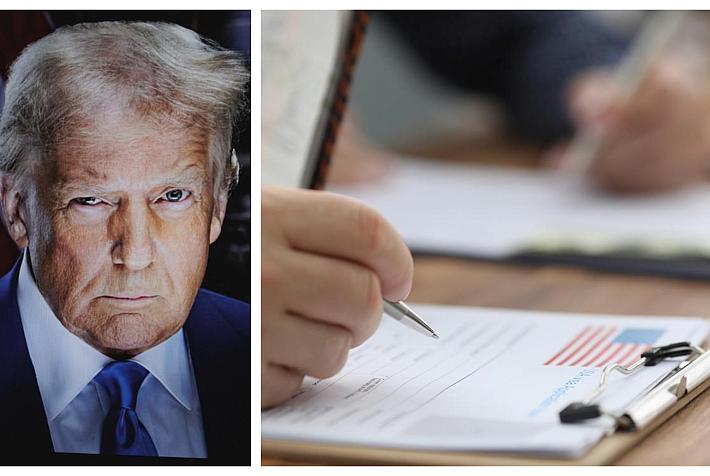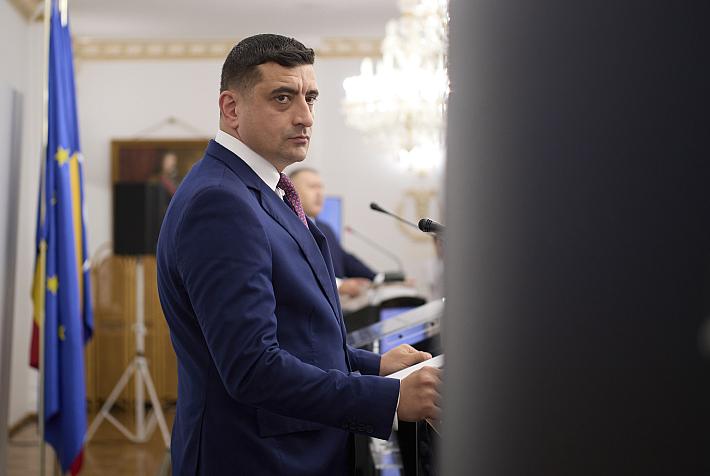Making of Romania: two world wars and the communist period

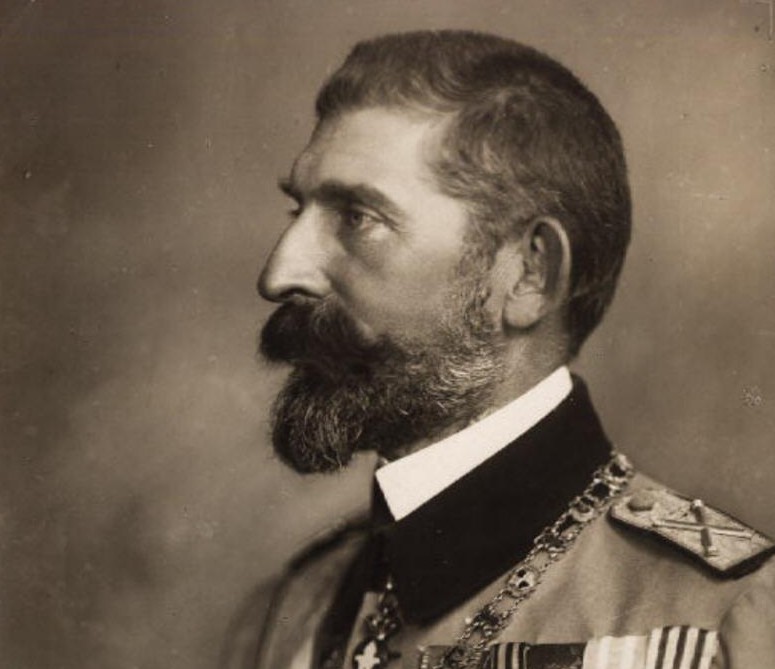
Despite the hostility and open opposition of some of its powerful neighbors, Romania managed to achieve the centuries-old dream of reunification. It was not an easy road; there were two world wars, political instability, authoritarian regimes, more foreign occupations and finally, the darkest years of the Communism.
By Alexandra Fodor
King Carol I died in the fall of 1914, and his nephew Ferdinand I came to the throne. He was married to Queen Mary, a niece of Queen Victoria of England.
After maintaining neutrality (1914-1916) during the first two years of World War I, Romania joined the Allied Powers, declaring war on the Empire of Austria-Hungary. The aim was to win back Transylvania. The campaign was not easy, two-thirds of the country, including Bucharest, were occupied by the armies of Germany and Empire of Austria-Hungary, and in 1918 it was obliged to negotiate a peace treaty with Germany. Five months later, Romania rejoined the war and soon the Greater Romania was created. The international peace treaties of 1919-1920 signed at Neuilly, Saint-German, Trianon and Paris, established the new European realities and also certified the union of the Romanian provinces into one single state. The national Romanian holiday, on
December 1st, celebrates the unification of the country on December 1st, 1918.
King Ferdinand I and Queen Mary were crowned sovereigns of Greater Romania at Alba Iulia in 1922, thereby making the unification of the Romanian territories official. The period that followed the end of the First World War is remembered in Romania for the economic and cultural advances and also for the major reforms such as the universal ballot (1918), the land reform (1921) and the Constitution (1923) who was an updating of that of 1866. The inter-war period (perioada interbelica) was among the most flourishing for Romania, a period when cities developed – including Bucharest, which was then called the Little Paris and compared to the French capital, many of the Romanian literature masterpieces were written.
Compared with Romania before the First World War, Greater Romania was another country. It had more than twice the area: 295,000 sqkm compared with 137,000 in 1914. In 1912, its population had been barely more than 7 million; in 1930 it was 18 million.
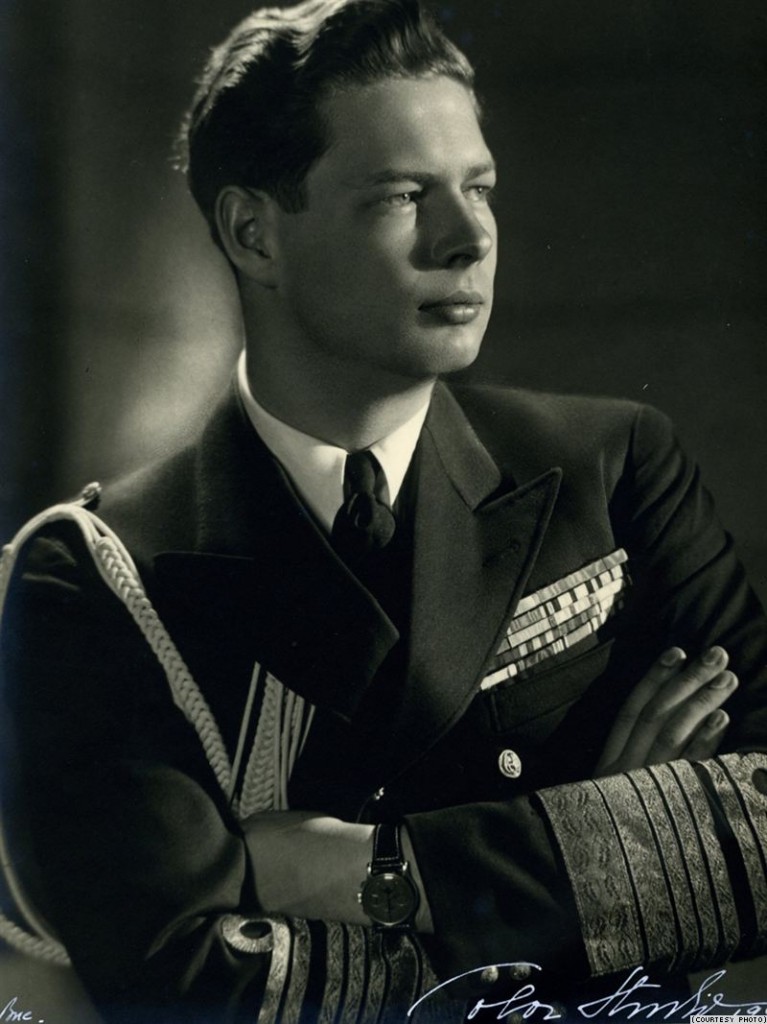
When King Ferdinand died in 1927, he was not followed to the throne by his son, Prince Carol who had given up his right to the succession. Instead, the new king was Carol’s under-aged son Mihai (Michael), in whose name regency was established from 1927-1930. In 1930, Carol returned from exile and proclaimed himself king, with the name of Carol II. In February 1938, Carol II established his own dictatorship and in 1940 appointed Ion Antonescu as prime minister. However, the king was forced to abdicate in favor of his son, Mihai, but power was effectively taken over by General Ion Antonescu. On 1 September 1939, the Second World War broke out.
World War II also began with Romania being one of the neutral countries, but this situation didn't last for too long. By June 1941, the Romanian troops were fighting alongside of Nazi Germany in the invasion of USSR. Romania surrendered when soviet troops entered the country in 1944 and Antonescu was overthrown and eventually executed at the end of the war. Romania turned their weapons against Germany and placed its whole military and economic capability at the service of Russia's Red Army. After the war, the Paris Peace Treaty (1947) had re-established Romania’s sovereign rights over Transylvania, but Basarabia, northern Bucovina and the Herta area were passed under Soviet occupation.
The Russian occupation of Romania at the end of the Second World War saw the abdication and exile of King Mihai and the establishment of a Communist People’s Republic in 1947. Soviet economics methods were adopted, farming was collectivized, and properties were seized by the state. In 1951, five-year plans were introduced to develop industry and agriculture. But, in 1961 when Gheorghe Gheorghiu-Dej became the president of the country, he turned his back on Soviet policy, an attitude that won him favor in the West.
After Gheorghiu-Dej’s death, the helm of the country passed to Nicolae Ceausescu, a former shoemaker who had joined the Communist Party in 1932, when it was still an illegal organization. He continued his predecessor’s assertion of Romanian independence from Soviet influence, denouncing Russia’s invasion of Czechoslovakia in 1968. Ceausescu’s public speech deeply impressed
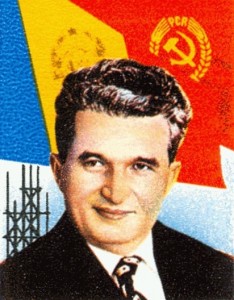
the population and the Western leaders. From that moment, Ceausescu enjoyed favorable treatment for years. He traveled all over the world, to communist countries, the West and the Third World. He was on friendly terms with everyone. During the 1970s, Ceausescu attempted to modernize the Romanian economy on the back of foreign loans. Due to his extravagant development projects, the Romanian people were submitted to a rigorous austerity program. Food,electricity, gas and heating were rationed while the long lines for meat, bread and fruit were a commonplace. In his last years, Ceausescu began to build up a personality cult, expanded the power of the party, increased censorship, propaganda and the indoctrination of young people. All these things increased the popular dissatisfaction which led to the forced overthrow of the dictatorial regime in December 1989. In mid-December of that year, antigovernment demonstrations erupted in the country’s cities, and when the army joined the uprising against him, Ceausescu fled. He was arrested by the new provisional government, tried and executed on December 25, 1989.
alex@romania-insider.com








